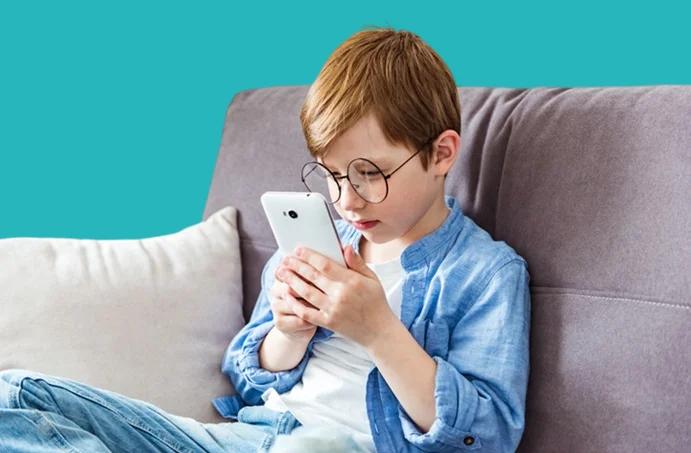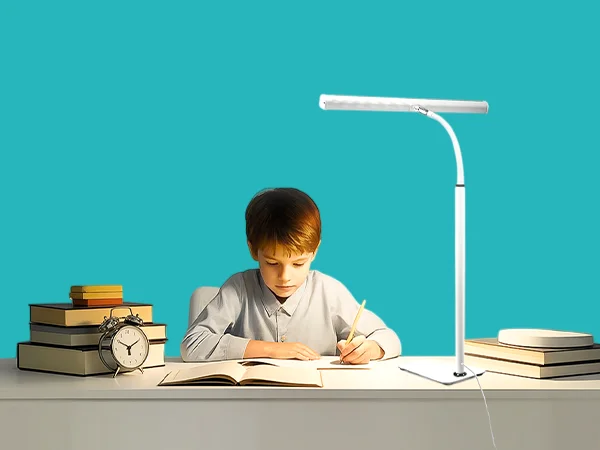Many children may suffer from blurred or distorted vision of distant objects, and an inability to see them clearly. This is known as myopia or nearsightedness in children.
This condition may be present at birth or develop later due to genetic factors or poor habits. Therefore, parents should pay attention to the symptoms their children exhibit to avoid complications and ensure prompt treatment.
What is Myopia in Children
Myopia, or nearsightedness, is a visual impairment resulting from light focusing in front of the retina, making it difficult to see distant objects clearly.
Causes of Myopia in Children

The causes of myopia are varied, including environmental and genetic factors, such as:
- Having one or both parents with myopia.
- Focusing on reading for extended periods.
- Focusing on close objects for long periods.
- Using electronic devices at close range.
What are the Symptoms of Myopia in Children
A child may not realize they have myopia, so parents should pay attention to their child's behavior and the following symptoms:
- Headaches.
- Constantly rubbing the eyes.
- Difficulty seeing distant objects.
- Partially closing the eyes to try to see better.
- Difficulty seeing the television or the blackboard at school clearly.
How is Myopia Diagnosed in Children
Myopia in children is diagnosed by an ophthalmologist. The doctor will begin by asking the parents about the family's medical history and the symptoms the child is experiencing.
Then, the doctor will perform eye examinations to test the degree of visual impairment and determine the severity of the myopia and the appropriate treatment for the child's age and condition.
Treatment Methods for Myopia in Children
There are several ways to treat myopia in children, which the treating physician will determine based on the severity of the condition and the child's age, including:
- Using prescription glasses.
- Using contact lenses.
- Using low-concentration atropine eye drops.
Preventing Myopia in Children

It may not be possible to prevent myopia in children if the cause is genetic, but its progression can be slowed or prevented if the cause is environmental by following these tips:
- Avoid straining the eyes during studying.
- Maintain a suitable distance between the child and the television.
- Ensure good lighting while studying or reading.
- Avoid excessive use of electronic devices.
Complications of Myopia in Children
Complications may occur as a result of neglecting treatment for a child with myopia, such as:
- Cataracts.
- Macular degeneration.
- Retinal detachment.
- Glaucoma or optic nerve damage.
Frequently Asked Questions
Can myopia improve in children
Myopia does not improve on its own, but the progression of symptoms can be slowed with appropriate treatment and regular follow-up with a doctor.
Does vision improve after children wear glasses
The child's vision improves while wearing prescription glasses, and they also prevent further vision deterioration and worsening of myopia symptoms.
Can myopia disappear on its own
Myopia does not disappear on its own; it requires appropriate medical treatment that varies from case to case.
At what age does myopia stop progressing
Myopia usually stabilizes in children during adolescence or between the ages of 18 and 21.
Article Summary
Myopia in children is a common condition among young children and occurs as a result of one of the parents having myopia or due to unhealthy habits followed by the child.
Parents should also observe any changes in the child's behavior and visit a doctor to determine the appropriate treatment. One of the treatment methods and ways to avoid complications is wearing glasses.